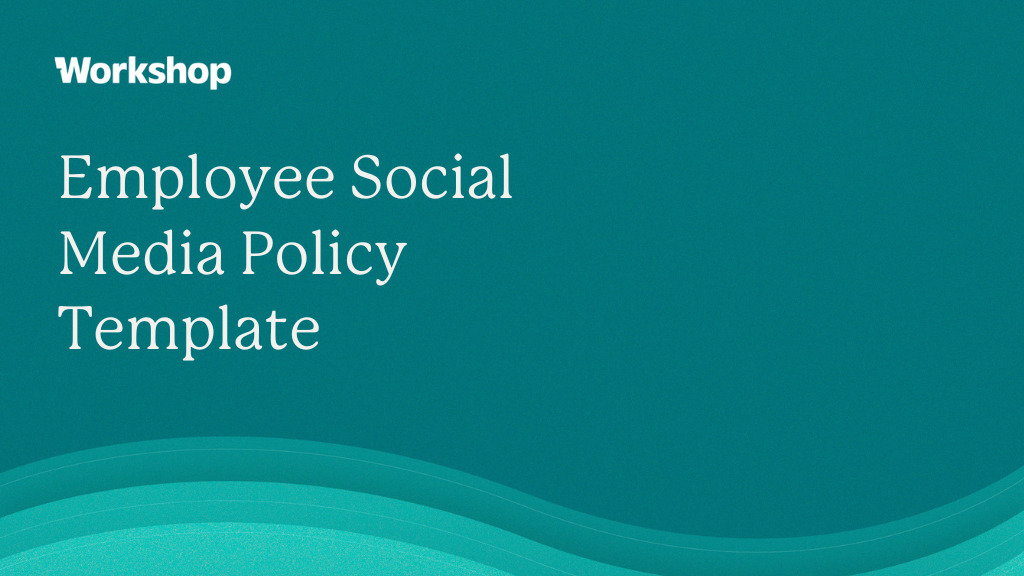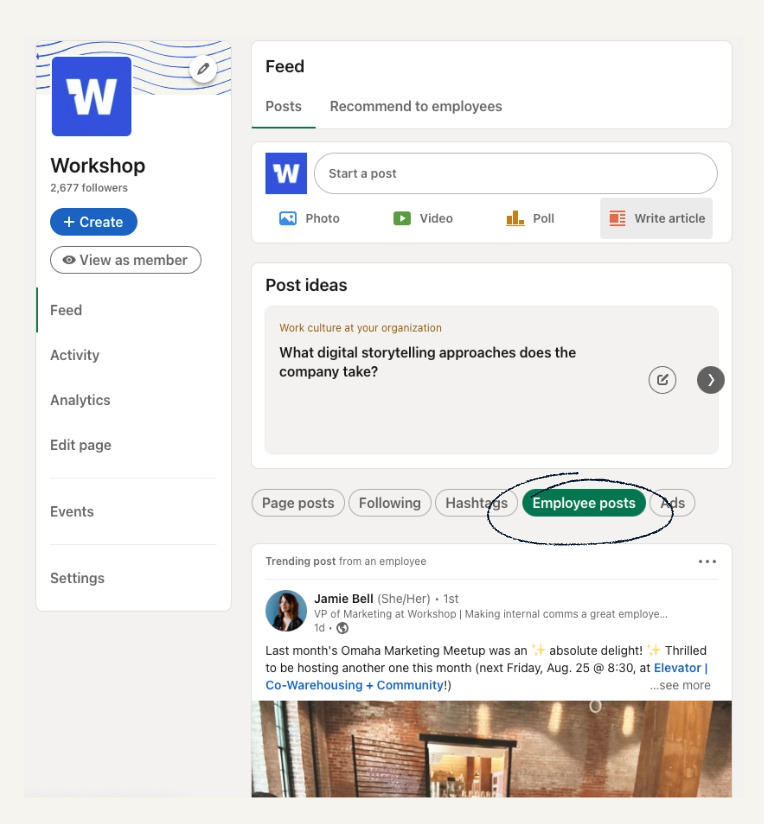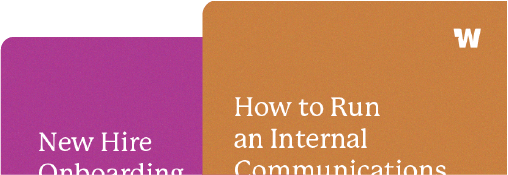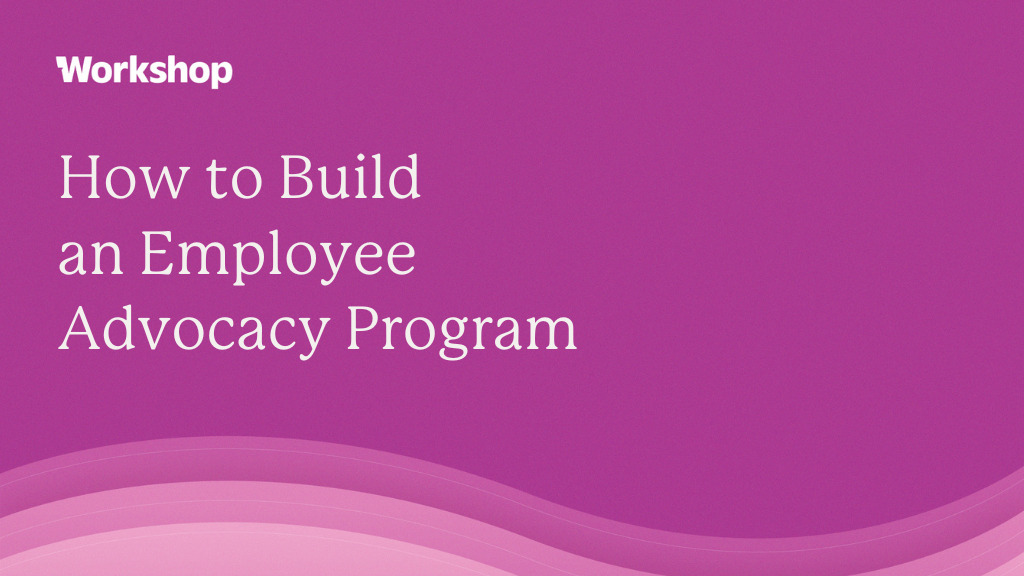How to launch an employee advocacy program

Employee advocacy is the public promotion of a company’s mission, values, brand, and offerings by the employees themselves. It happens organically and is likely happening in your organization already, without any formal program in place. We’ve done a deep dive into the benefits of employee advocacy that you can check out here!
But if you’re looking to implement a more formal employee advocacy program, this guide will walk you through the essential steps to launch and sustain an employee advocacy initiative that amplifies your brand’s reach, enhances its reputation, and encourages genuine engagement.
What do you need to start an employee advocacy program?
Before you embark on the journey of building an employee advocacy program, there are four crucial elements your organization must have:
Good employee engagement: The heart of any employee advocacy program is genuine pride in the organization. For your teams to confidently share information about your company on social media, they should have overwhelmingly positive sentiments towards the organization. Engagement should be voluntary and not forced or mandated.
A transparent culture built on trust and freedom: Authenticity is the cornerstone of employee advocacy. It cannot be bought or coerced; it must shine through willingly. Encourage your employees to take the messages and content you provide and make them their own. Let them inject creativity and originality into their posts, which adds the coveted “human element” to your brand.
Strong internal marketing and communications: Building an employee advocacy program is a gradual process. You need a steady stream of positive, engaging content to engage your employees and encourage them to start sharing.
The best place to create that content is with Workshop. It’s an internal marketing platform for creating beautifully branded, employee-specific campaigns. It replaces any internal email tool you have and integrates with the other communication channels your team uses the most (including Slack, SMS, and Microsoft Teams).
Dedicated leadership: Every successful program requires a champion. In this case, it’s an employee advocate who guides and nurtures the program’s growth. Without a dedicated advocate, your employee advocacy program is destined to falter.
Can any company build this program?
While employee advocacy holds immense potential, it’s not a one-size-fits-all solution. To succeed, your organization needs the four prerequisites mentioned above. Attempting to build an employee advocacy program without these elements is unlikely to be successful (and, in fact, could potentially harm your brand).
If concerns about privacy or legal issues arise, it’s crucial to create a comprehensive social media policy and provide training to your teams on what they should and shouldn’t share on social media. This ensures that your employees have clear guidelines and avoid any actions that could jeopardize their privacy or the company’s reputation.
(Download our free employee social media policy template!)
Internal marketing and employee advocacy go hand in hand
Employee advocacy and internal marketing go hand in hand, generating a mutually beneficial relationship.
Internal marketing: This involves promoting the company’s mission, values, objectives, brand, programs, products, services, and events to employees. It ensures that your workforce is well-informed, engaged, and inspired!
Employee advocacy: This is the external promotion of your company by your employees. It leverages the passion and authenticity of your workforce to amplify your brand’s reach and credibility.
These two concepts often complement each other, with employees naturally sharing work-related events, product launches, and brand updates. Some examples of this synergy include:
- Multiple employees actively engaging in thought leadership on LinkedIn.
- Culture-focused hashtags, dedicated social media profiles, microsites, or blog post series.
- Employee-only conferences, retreats, or offsite events.
- Employee-specific celebrations and gifts, such as anniversaries, promotions, or new product launches.
Incorporating elements of both internal marketing and employee advocacy can create a cohesive and powerful brand narrative within and outside your organization.

What do you need to launch this program?
Launching an employee advocacy program doesn’t require complex software or extensive resources.
Here’s a simplified list of what you need:
Metrics for success (and a way to measure them): Align your employee advocacy program with your company’s goals. Track metrics like active participation rate, top contributors and posts, website traffic from social media, growth of individual social media accounts, leads originating from social media, and employee referrals.
A social media policy: Provide clear guidelines for employees on what they can and cannot share on social media to maintain brand consistency and protect privacy.
Assets for your employees: Create pre-approved graphics and materials, such as LinkedIn or Twitter covers, professional headshots, anniversary templates, company logos, product screenshots, etc., to ensure brand consistency.
An internal content marketing strategy: Regularly share company news, highlight employee stories, and inform the team about job openings. Make it easy for employees to share relevant and up-to-date information.
Social media training materials: Offer training and guidance, highlighting examples of effective posts and FAQs. Provide a point of contact for employees seeking assistance or clarification.
A budget (optional): While not essential, a budget can enhance the program by supporting related initiatives that generate employee buzz on social media, such as onboarding swag, surprise events, or anniversary gifts.
By following these steps and providing the necessary resources, you’ll be well-equipped to launch a successful employee advocacy program that empowers your workforce and amplifies your brand’s impact.
Now, it’s time to dive into the world of real-world employee advocacy examples, creative ideas, and recommended practices. These insights will inspire and guide your journey to harness the full potential of your workforce as brand champions.
Employee advocacy in action
Let’s explore some inspiring employee advocacy examples from various companies:
Refine Labs: A group of employees actively engages in thought leadership on LinkedIn, sharing valuable insights and expertise, effectively enhancing the company’s credibility.
Chili Piper: This company leverages the power of social media, where employees proudly promote their work and share their experiences, contributing to the brand’s authenticity and reputation.
Riskalyze: Employees at Riskalyze actively participate in the company’s advocacy efforts, demonstrating their passion for their work and industry.
Blue Cross Blue Shield: This organization fosters a culture of employee advocacy with a dedicated hashtag, social media profiles, microsite, and blog post series, creating a strong sense of community and brand pride.
Marriott Careers: Marriott has mastered the art of showcasing employee experiences through their #lifeatcapitalone hashtag, highlighting the company’s vibrant workplace culture.
Target: The retail giant encourages employee advocacy by creating opportunities for its workforce to share their Target journey, making them part of the brand narrative.
Employee-only events: Companies like Bridgeable, Flywheel, and Slido leverage offsite events and conferences exclusively for employees, strengthening team bonds and driving advocacy.
Employee-specific celebrations: Recognizing employee milestones, promotions, or new product launches with personalized gifts and celebrations further fuels advocacy efforts.
Sherwin-Williams mishap: Although a cautionary tale, the infamous Sherwin-Williams employee who was fired for his TikTok account serves as a reminder of the need for careful guidelines and training in employee advocacy.
Recommended practices for employee advocacy
Now, let’s explore some recommended practices to guide your employee advocacy program!
Find your champions: Identify employees who are already active on social media or possess a personal brand that aligns with your organization’s values. Collaborate with them to develop and refine your program, as their advocacy will feel more organic and genuine.
Run a pilot: Before a full-scale launch, initiate a small pilot group of employees (5-10) who show potential but need guidance. Tailor strategies to their strengths, whether it’s video content, design, or public speaking.
Company-wide launch: When you’re ready to launch the program company-wide, involve your champions to share early successes. Make sure the program has its own branding to create a distinct identity.
Ongoing onboarding and training: Integrate social media training into your company’s onboarding process for new hires. Continually refine materials based on what works best for your employees.
Measuring success
To gauge the effectiveness of your employee advocacy program, consider these quantitative metrics:
Active participation rate: Measure what percentage of employees are engaged and sharing company content before and after the program launch.
Top contributors and posts: Identify the employees who share the most frequently and the posts that receive the most engagement.
Website traffic from social media: Use Google Analytics to track increased traffic from social media channels.
LinkedIn’s native employee advocacy analytics: Explore LinkedIn’s analytics to gauge engagement trends.

Growth of individual social media accounts: Monitor follower growth, reach, and engagement of program participants.
Leads originating from social media: Track leads generated through employee advocacy in your CRM.
Employee referrals: Measure the impact of recruiting through employee referrals.
Avoid relying solely on reach or impression metrics, which can be abstract and misunderstood.
Employee advocacy is a powerful tool that can transform your brand’s presence and reputation. By following these recommended practices and drawing inspiration from successful examples, you can create an employee advocacy program that nurtures brand champions within your organization.
PS – We’ve compiled this information (and more) into a 19-page guide that will help you build a powerful employee advocacy program and develop an awe-inspiring company culture in the process! Grab your copy here.








